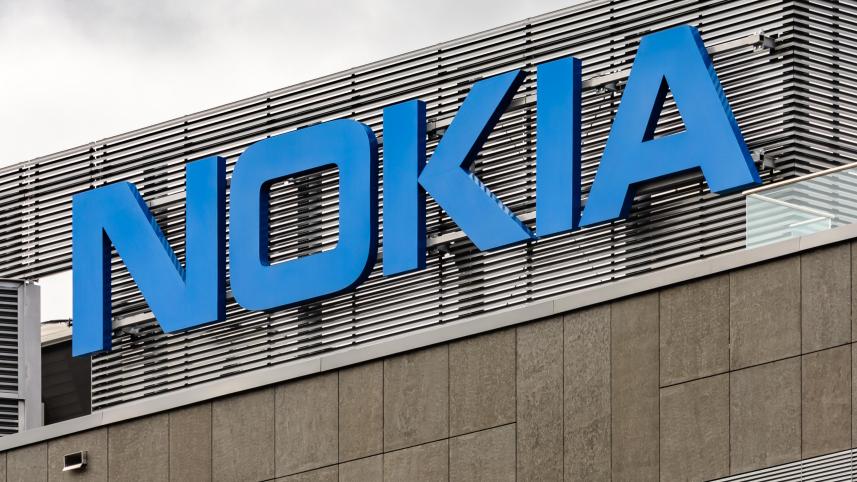Nokia phones lead the Trust Rankings

HMD Global, the home of Nokia phones, leads the Counterpoint Research 2020 trust rankings based on the four pillars of software, security updates, build quality, and devices recommended for enterprises. These pillars comprise various weighted criteria with a comparative analysis done for the leading Android smartphone brands. The findings are a part of Counterpoint Research's latest whitepaper titled "Nokia Phones Lead the Trust Rankings based on Software, Security Updates and Build Quality"
Highlighting the whitepaper findings, VP & Research Director, Peter Richardson, noted, "For the second year in a row, Nokia phones have topped our rankings in providing the most comprehensive software and security updates and it has the highest share of portfolio recommended for enterprise use. The performance of Nokia phones continues to be a competitive advantage over the rest of the smartphone brands in the Android ecosystem. 98% of Android smartphone brands still offer inconsistent software and security updates or none at all. OnePlus also did well by providing faster software updates to all its devices currently selling in the market followed by Samsung and realme."
"Some brands focus on keeping their products up-to-date, while others only issue software and security updates after a considerable delay. Regular software and security updates help not just the overall device experience, but also helps devices retain their value over time. Surprisingly, there are top 10 smartphone manufacturers that don't have any clear strategy to inform customers whether their devices are eligible for security and software updates," said, Ritesh Bendre, Global Content Manager.
Commenting on build quality results, Associate Director, Tarun Pathak commented, "We found that Nokia phones undergo tougher tests than the industry average. We, therefore, concluded that, when considered alongside the faster software and security updates the strong build quality means Nokia phones will last the test of time which is increasingly important at a time when global device replacement cycles are getting longer, now approaching 30 months."
 For all latest news, follow The Daily Star's Google News channel.
For all latest news, follow The Daily Star's Google News channel.